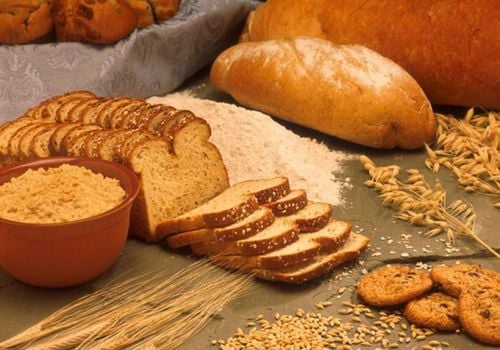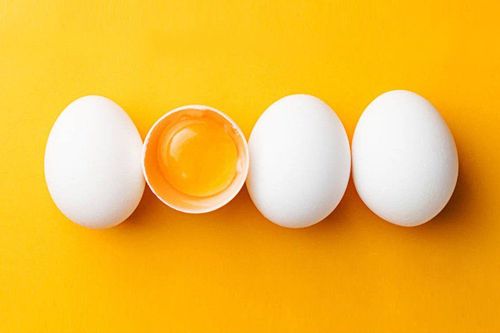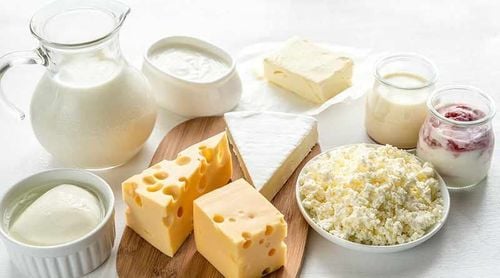This is an automatically translated article.
White rice is a refined, high-carb (starch) food with most of the fiber removed. Certain diseases such as obesity and chronic diseases are closely related to refined carbs.
1. What is rice?
Rice is a grain grown for thousands of years and is a staple food in many countries. Currently on the market there are many types of rice, but white rice is the most popular, followed by brown rice.All whole grains have three main ingredients:
Bran: A coarse, hard outer layer that helps protect the seed. It contains fiber, minerals and antioxidants. Sprout: This is the nutrient-rich core that contains carbs, fats, proteins, vitamins, minerals, antioxidants, and other plant compounds. Endosperm: This is the largest part of the seed. It consists almost entirely of carbs (starch) and a small amount of protein. Brown rice is a whole grain that contains both the bran and germ. Therefore, this rice is nutritious, rich in fiber and antioxidants.
In contrast, white rice has removed both the bran and the nutritional germ, so it also removes most of the nutritional parts. This is often done to improve the flavor of the rice, prolonging its shelf life. Thus, white rice varieties are almost entirely made up of carbs in the form of starches or long chains of glucose called amylose and amylopectin.
Different types of rice contain different amounts of starch, affecting their texture and ability to digest them. Plain rice that doesn't stick together has a lot of amylose after cooking, while glutinous rice usually has a high amylopectin content.
Due to variations in starch composition, different types of rice may have different health effects.
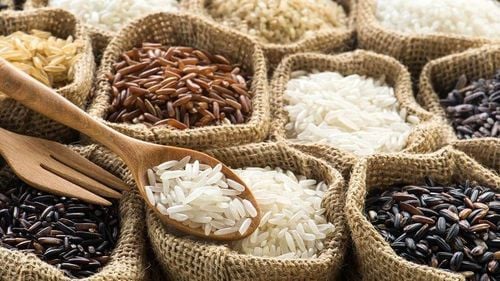
Hình ảnh một số loại gạo hiện nay trên thị trường
2. Compare the calories in brown rice and the calories in rice
Brown rice generally has more fiber, vitamins and minerals than white rice. The calories in white rice are higher than brown rice calories but contain less nutrients and fiber than brown rice.
The table below compares the nutritional facts of 3.6 ounces (100 grams) of white rice and brown rice when cooked.
2.1 Weight loss Although the weight loss effect of brown rice is quite good, the effect of white rice is not so.
Brown rice is packed with fiber, nutrients, and plant compounds that can increase satiety and help you eat fewer calories at the same time. Therefore, many experts suggest that eating brown rice instead of white can lead to weight loss and lower blood fats.
However, brown rice has the advantage of being rich in fiber and higher in nutrients than white rice, making it a healthier choice.
2.2 Blood Sugar The glycemic index (GI) is a unit of measurement for how and how quickly a food raises blood sugar. Foods with a high glycemic index cause a rapid rise in blood sugar and are associated with overeating and weight gain. On the other hand, foods with a low glycemic index gradually increase blood sugar levels so it is said to be beneficial for people with diabetes. Overall, whole grains have a lower GI score than refined grains. This is one of the reasons why a diet high in whole grains is associated with a 20–30% reduction in the risk of type 2 diabetes.
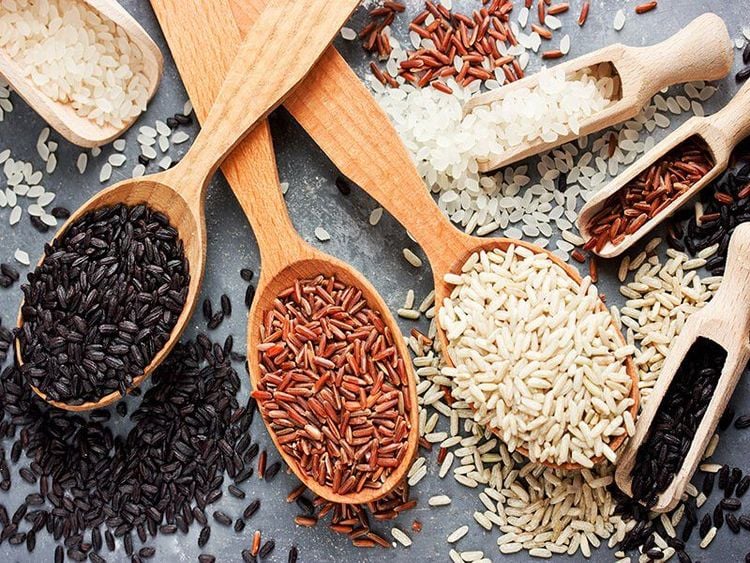
Các loại ngũ cốc nguyên hạt có ích với người bệnh tiểu đường tyoe 2
Sticky rice often contains a lot of amylopectin starch, so it has a high GI. As a result, glutinous rice is digested quickly and causes a spike in blood sugar. Besides, plain rice has a lot of amylose and has a low GI, so it slows down the digestion of starch. Regardless of whether the rice is white or brown, its GI can range from relatively low (43) to very high (109), depending on the type of rice. For any questions that need to be answered by a specialist, you can contact Vinmec Health System nationwide or register online HERE.






